
Skin Concierge
The ultimate peeling guide
Our uppermost skin layer has a cycle of 28 days. That means it renews itself approximately every 28 days. This natural process of cell renewal can be additionally supported by the regular application of peelings.
The removal of dead skin flakes refines the skin texture and stimulates cell renewal. Besides, the skin is deeply cleansed and can better absorb the following care products. When used regularly, peelings can help to improve and rejuvenate the skin’s appearance.
For whom are peelings suitable?
In principle, every skin can tolerate exfoliation. It is only important that the application is adapted to the skin type and body zone. Since the skin on the face is more sensitive than the skin on the body, a particularly gentle peeling should be used here. For sensitive skin, it is better to avoid mechanical peelings and use enzyme peelings instead.
How often should I peel?
A peeling not only frees the skin from dirt and impurities but also removes a small part of the horny layer each time. If you use an exfoliator too often, healthy skin cells are removed, which leads to a weakening of the skin’s natural protective barrier.
For normal, impure and dry skin, peelings can be used 1-2 times a week. For sensitive and mature skin, it is recommended to use a maximum of 1-2 times per month. The frequency of application also depends on the type of peeling. Under certain skin conditions, as a course of treatment, you can exfoliate two to three times a week for a period of four to eight weeks.
Types of peeling
There is a difference between mechanical and chemical peelings. In mechanical peelings, dead skin flakes are removed by mechanical friction with the help of abrasive particles. In chemical peelings, on the other hand, the uppermost layer of skin is dissolved by a chemical process with the help of enzymes and fruit acids and thus removed especially gently. But which peeling is best suited for which skin type?
Mechanical peelings
Mechanical peelings are among the weaker peelings, as they only have a superficial effect. Fine micro particles remove dead skin flakes through friction and also stimulate blood circulation. This supports a fresh and rosy complexion. Besides, the skin is cleansed deep into the pores. However, this type of peeling is not suitable for every skin type. Special care is required for sensitive skin types!

Enzyme peelings
Enzyme peelings are particularly gentle in contrast to mechanical peelings, which remove skin flakes through friction. Enzyme peelings are ideal for dry, sensitive skin types or skin types that tend to be prone to impurities. Here, a keratolytic process, which dissolves the dead skin cells without damaging the active skin cells, replaces the mechanical friction of the microparticles. This type of peeling is also recommended for impure skin, as it does not induce scattered infections, which are often responsible for further impurities.

Fruit acid
Fruit acid peelings are based on natural, bioactive fruit acids – so-called AHAs (alpha-hydroxy acids) – which penetrate the upper layers of the skin where they can stimulate cell division more strongly: superficial horny scales are loosened by a keratolytic process and collagen formation is stimulated. This peeling has a more intensive effect than an enzyme peeling as the concentration of fruit acids is usually higher. Furthermore, fruit acids can dissolve adhesions between the cell walls and stimulate skin metabolism. Fruit acid peelings are mainly used for acne and impure skin, pigment disorders, flat scars, light damage and skin rejuvenation. The skin texture is improved, pores refined and the complexion appears even and firmer.

OUR RECOMMENDATIONS FOR YOU
2 min
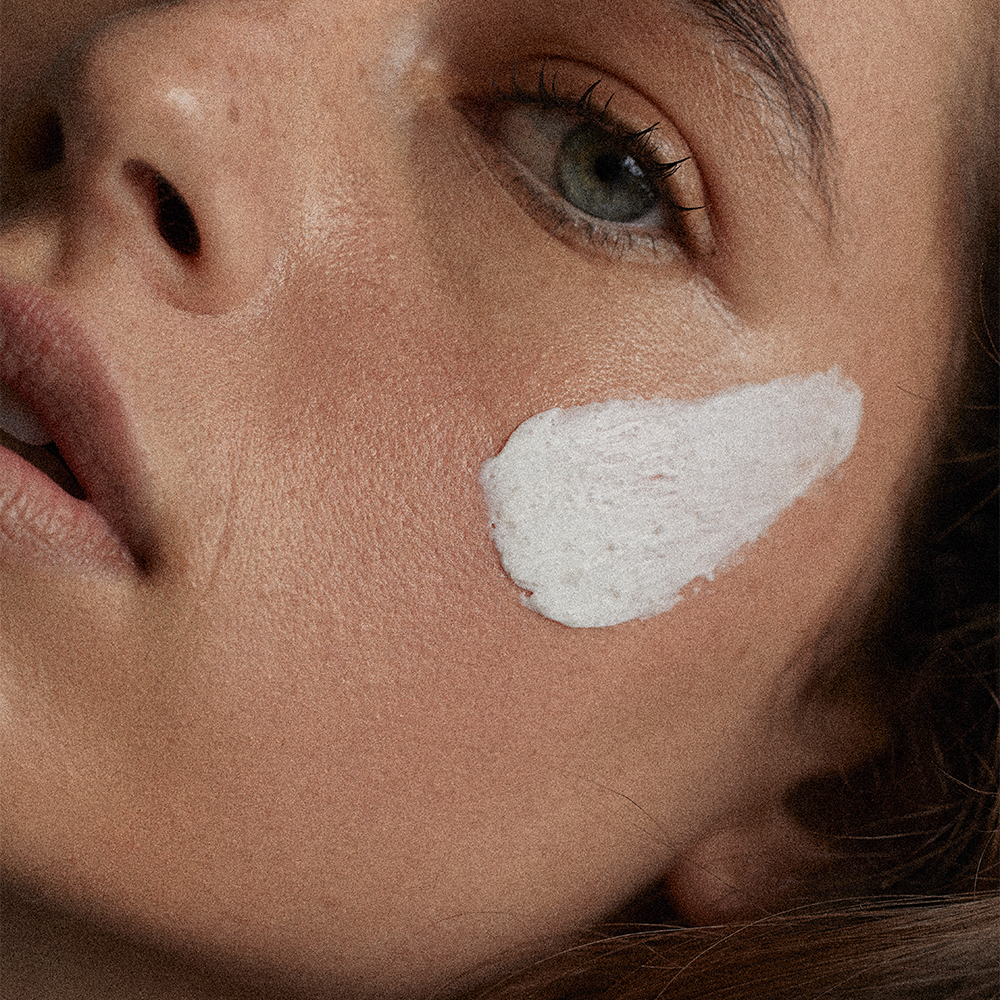
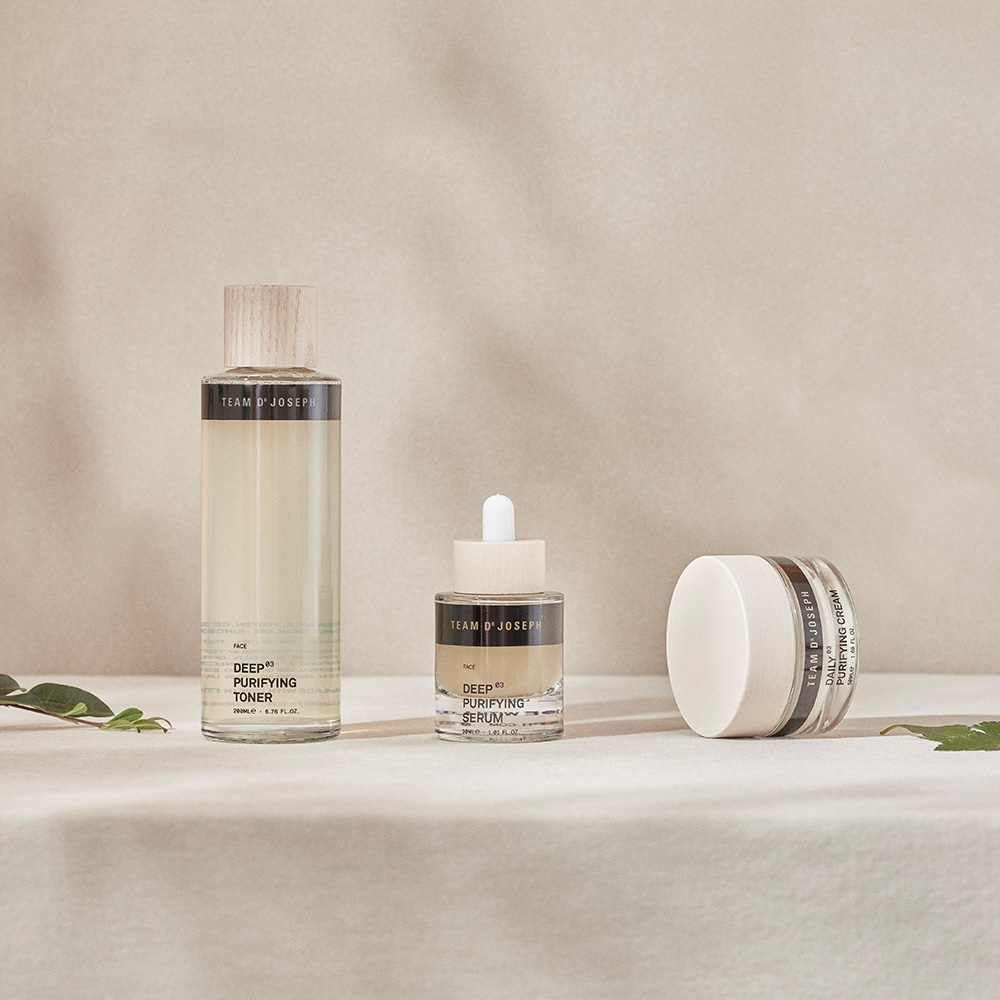
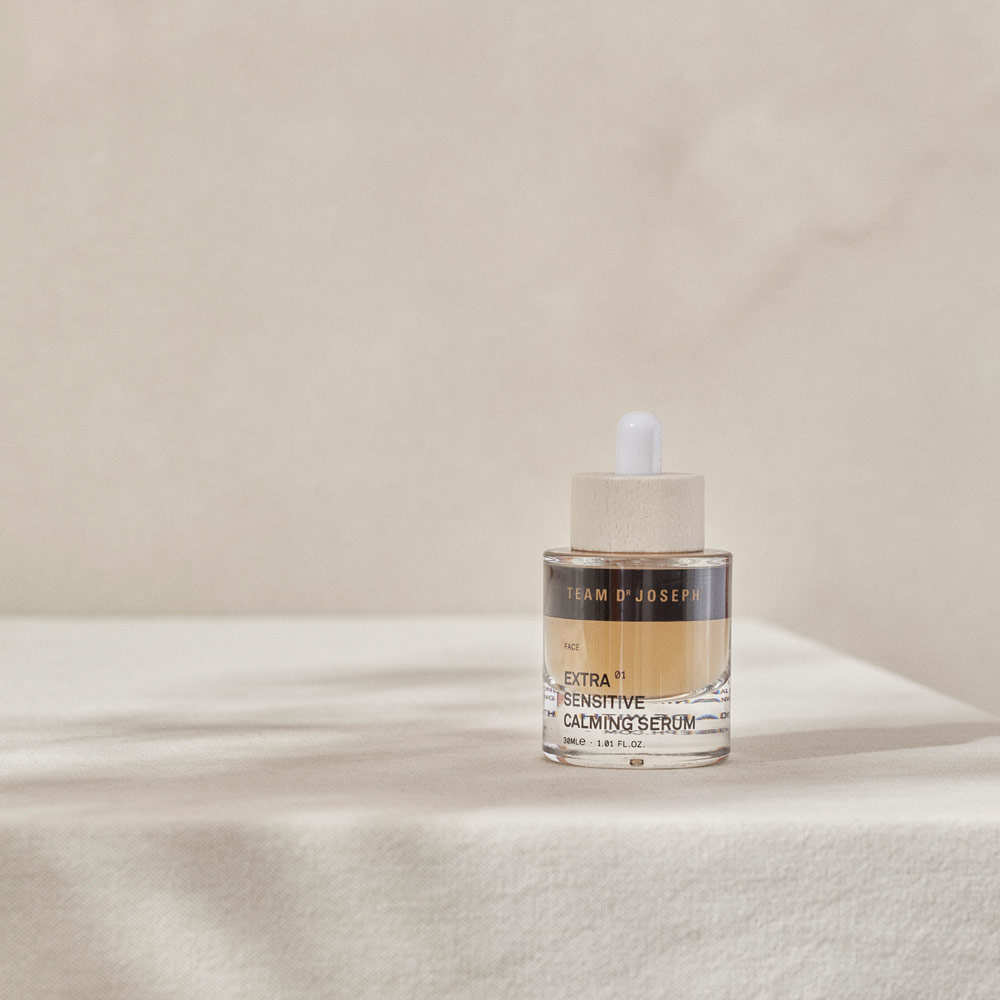
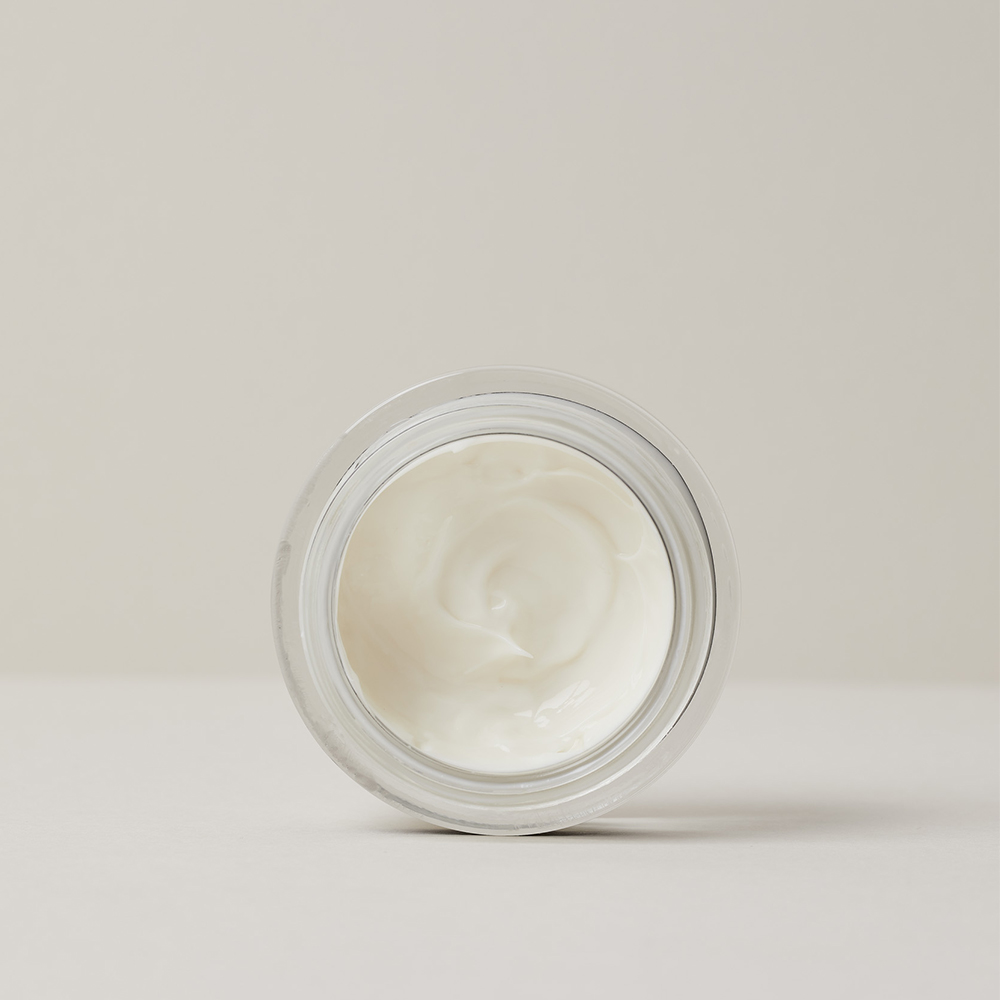
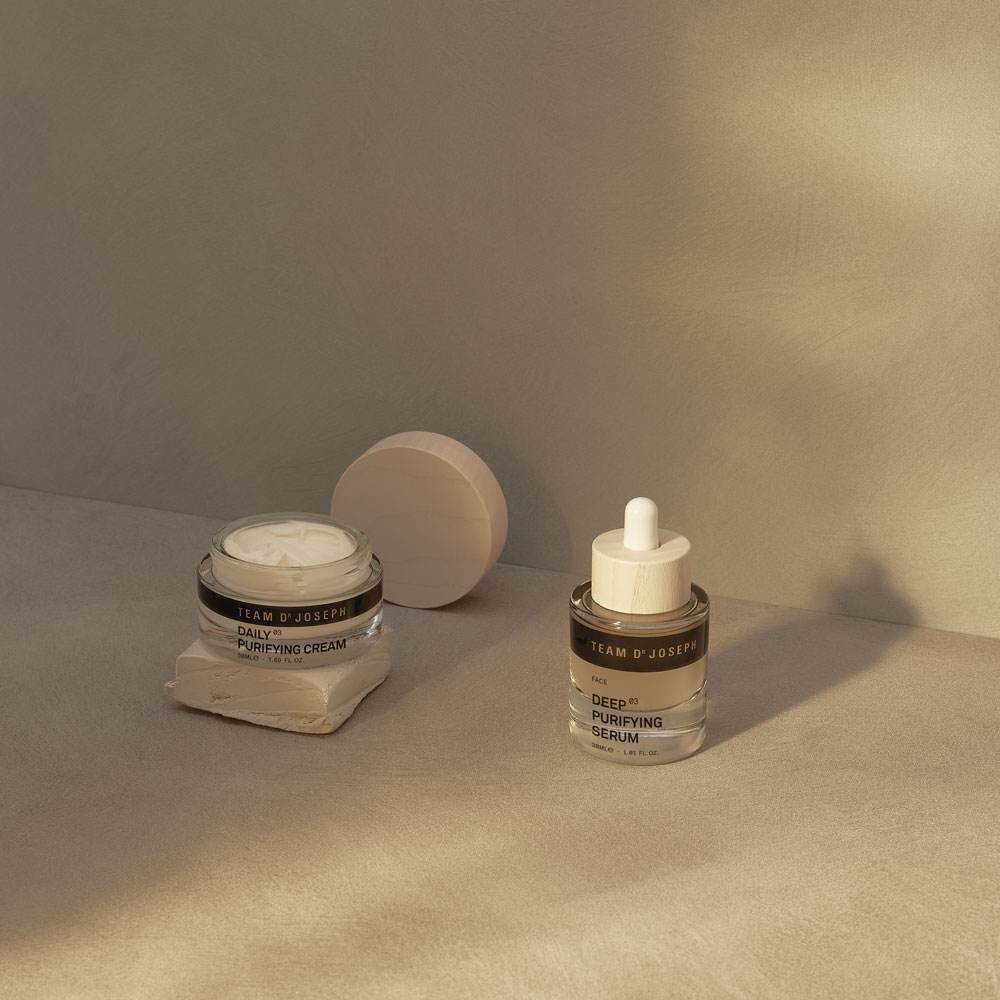


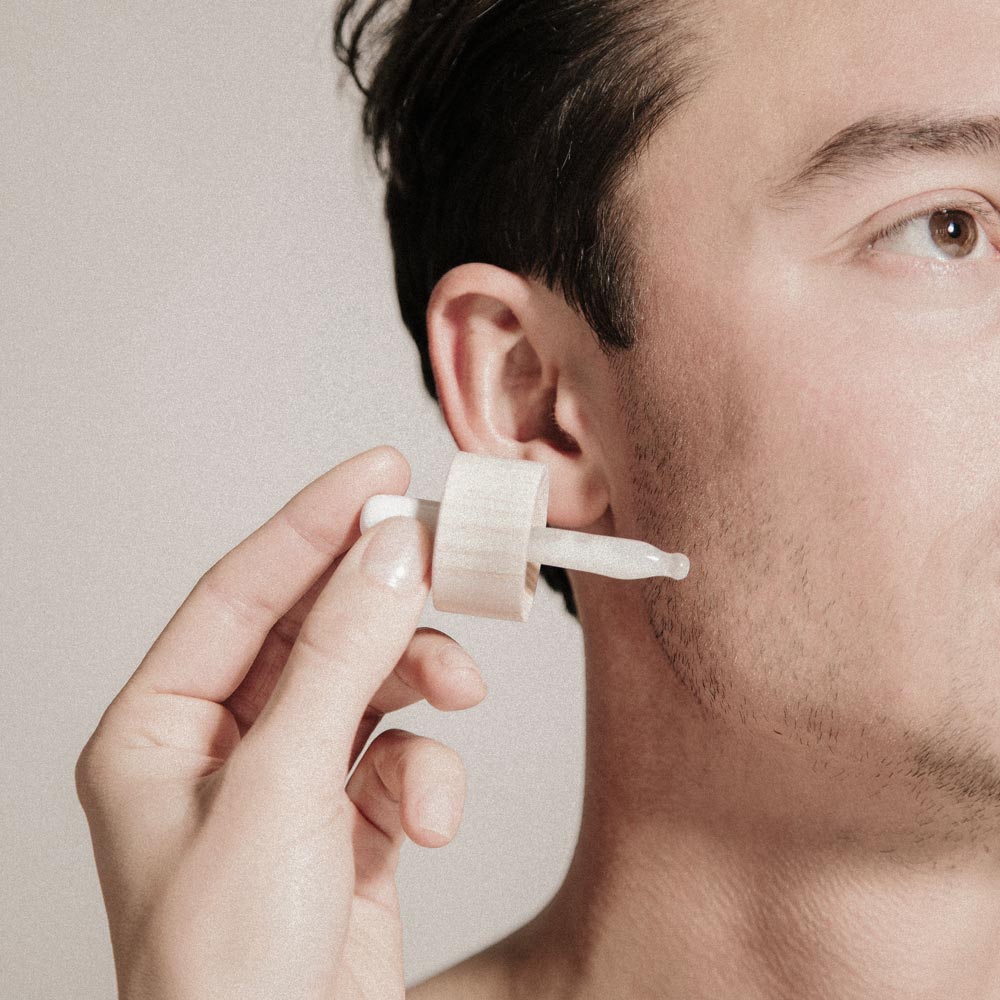

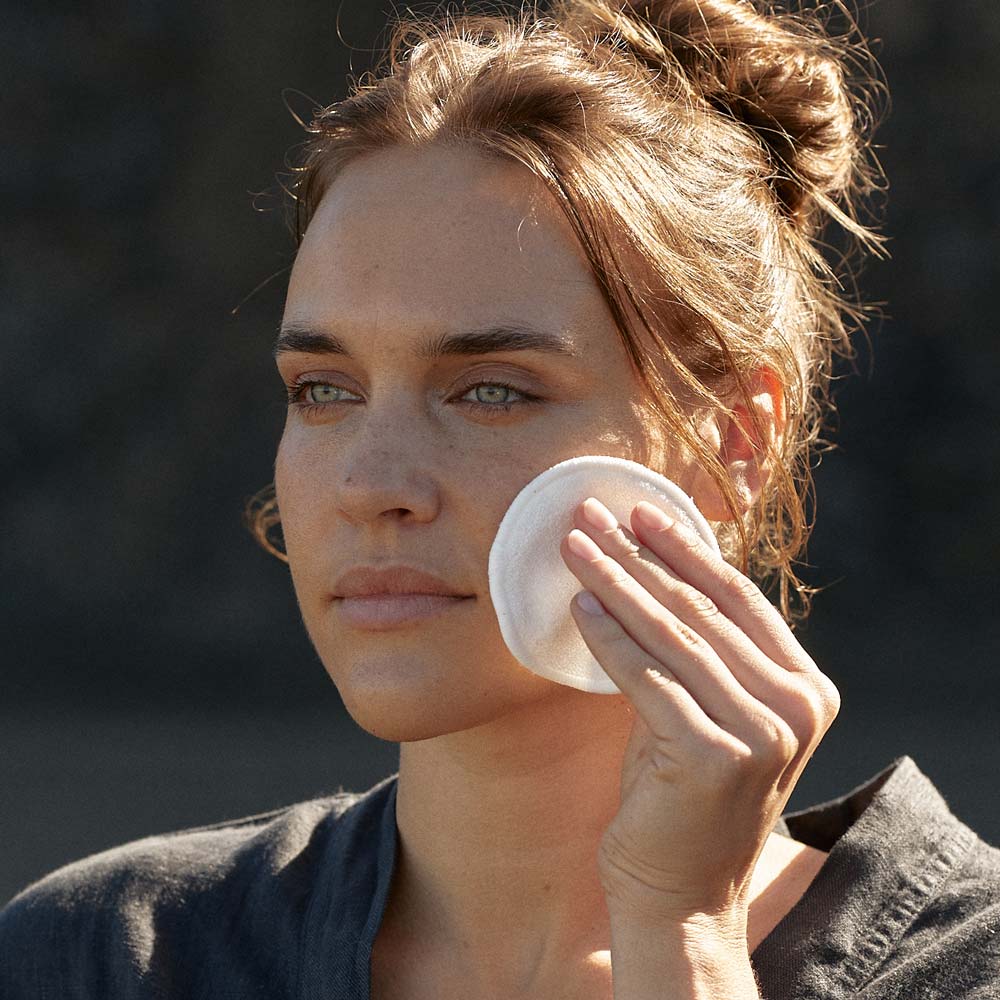
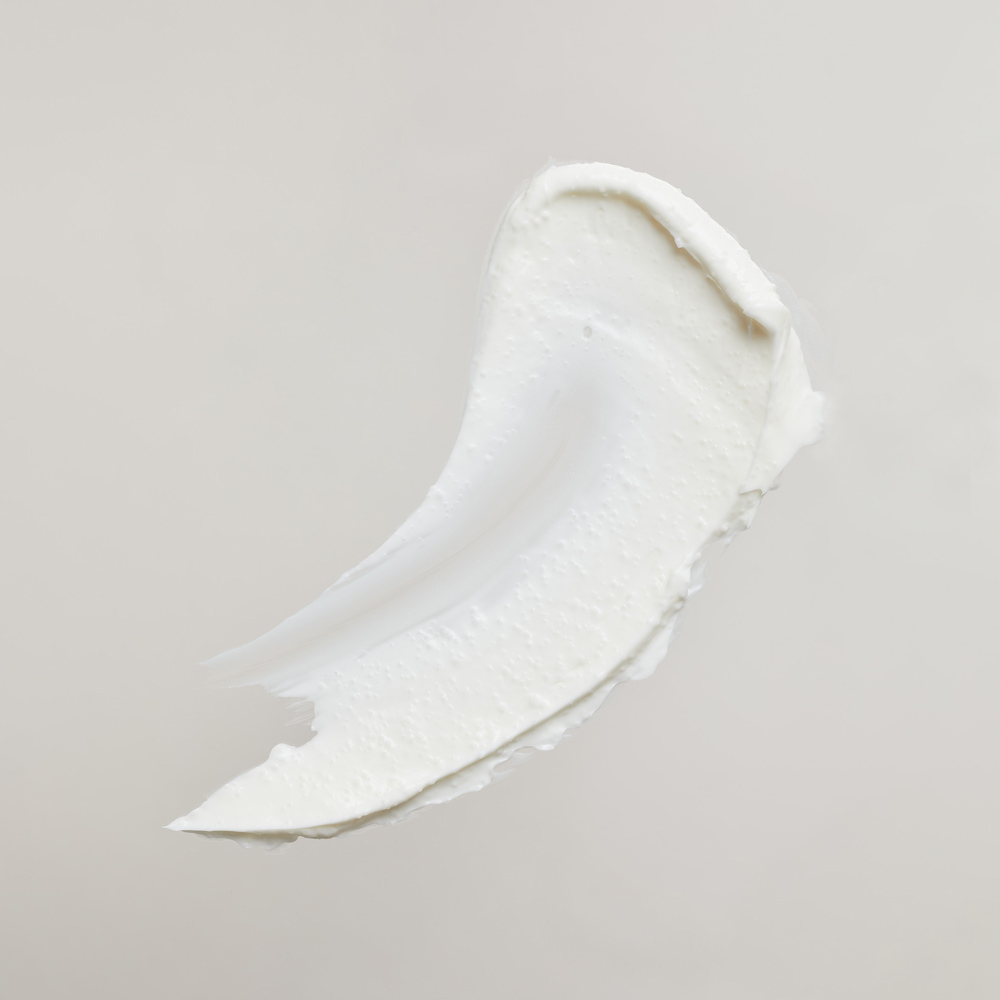
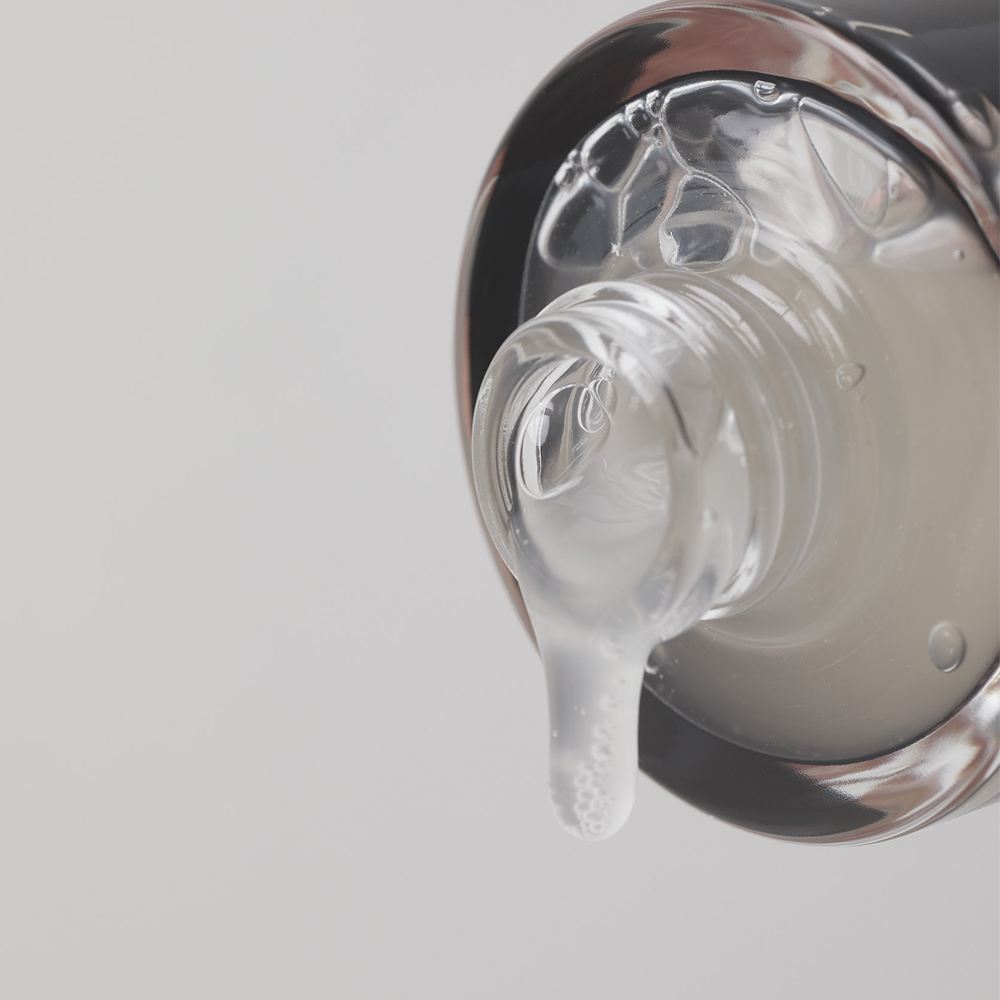
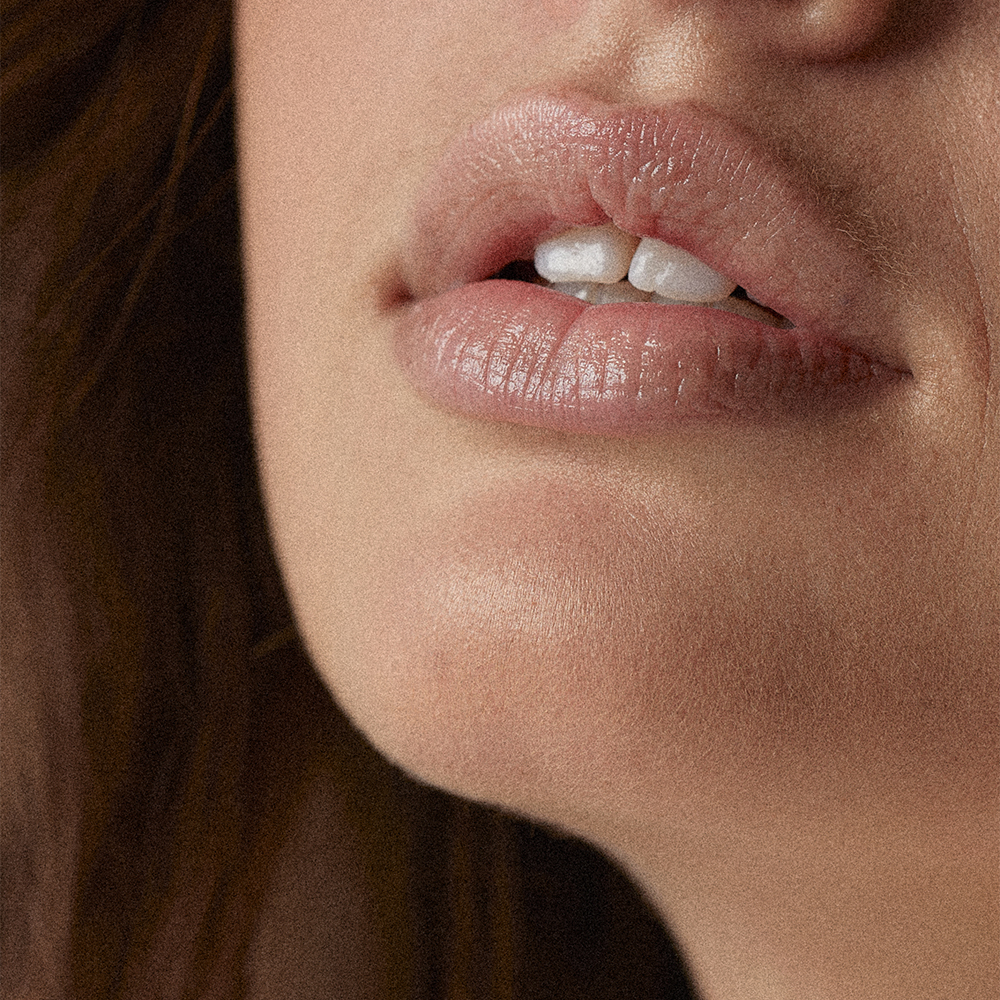
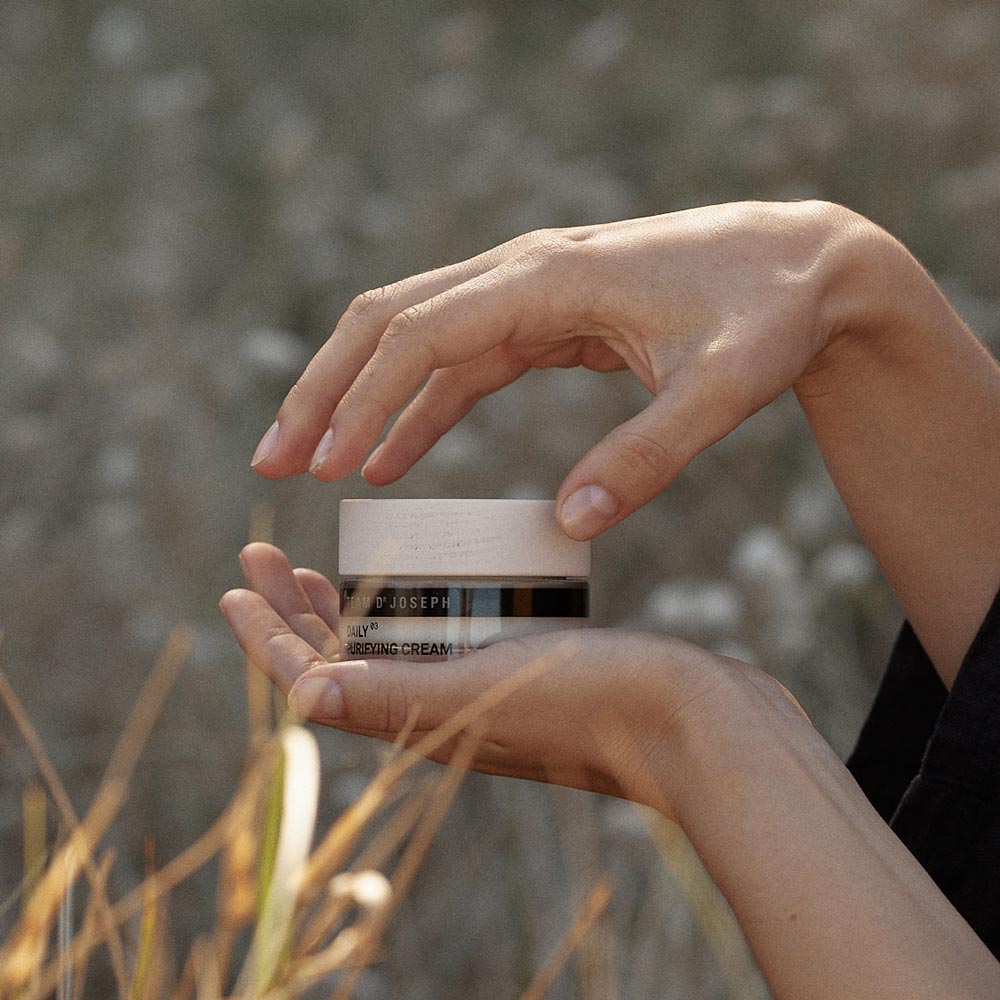
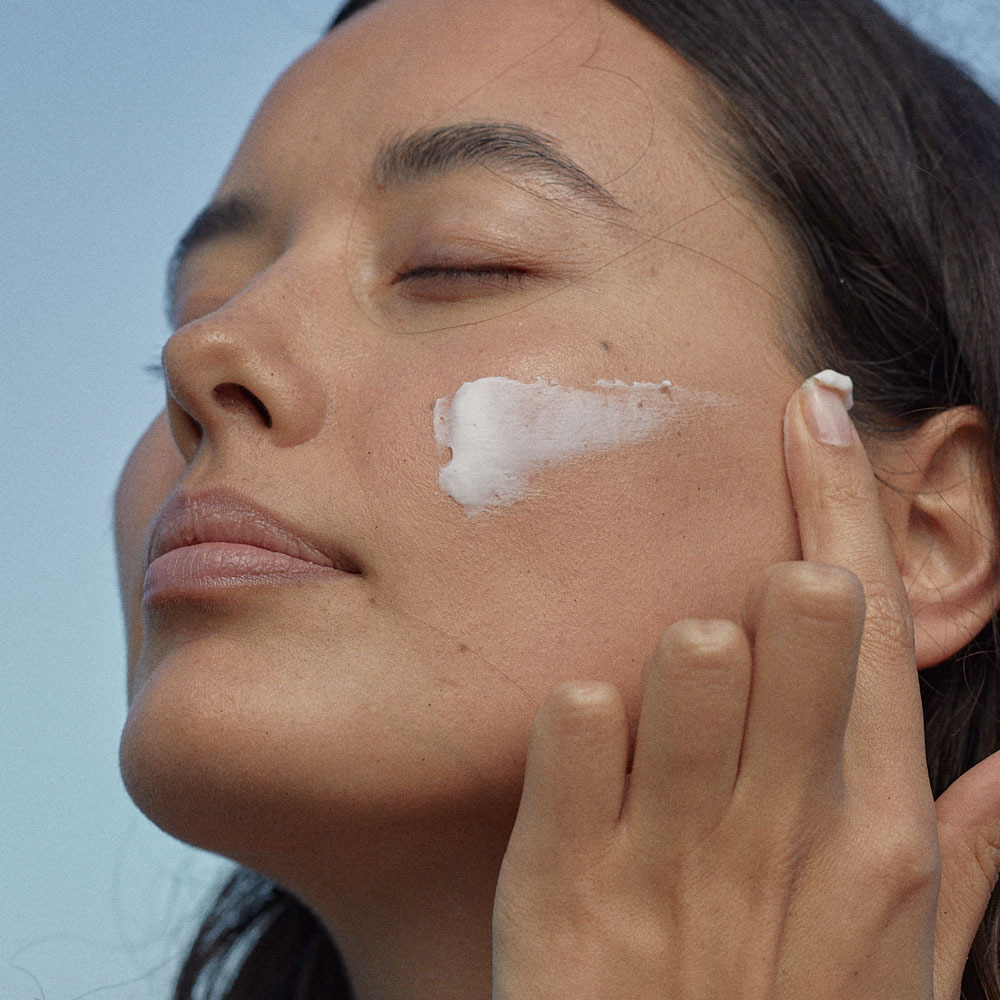


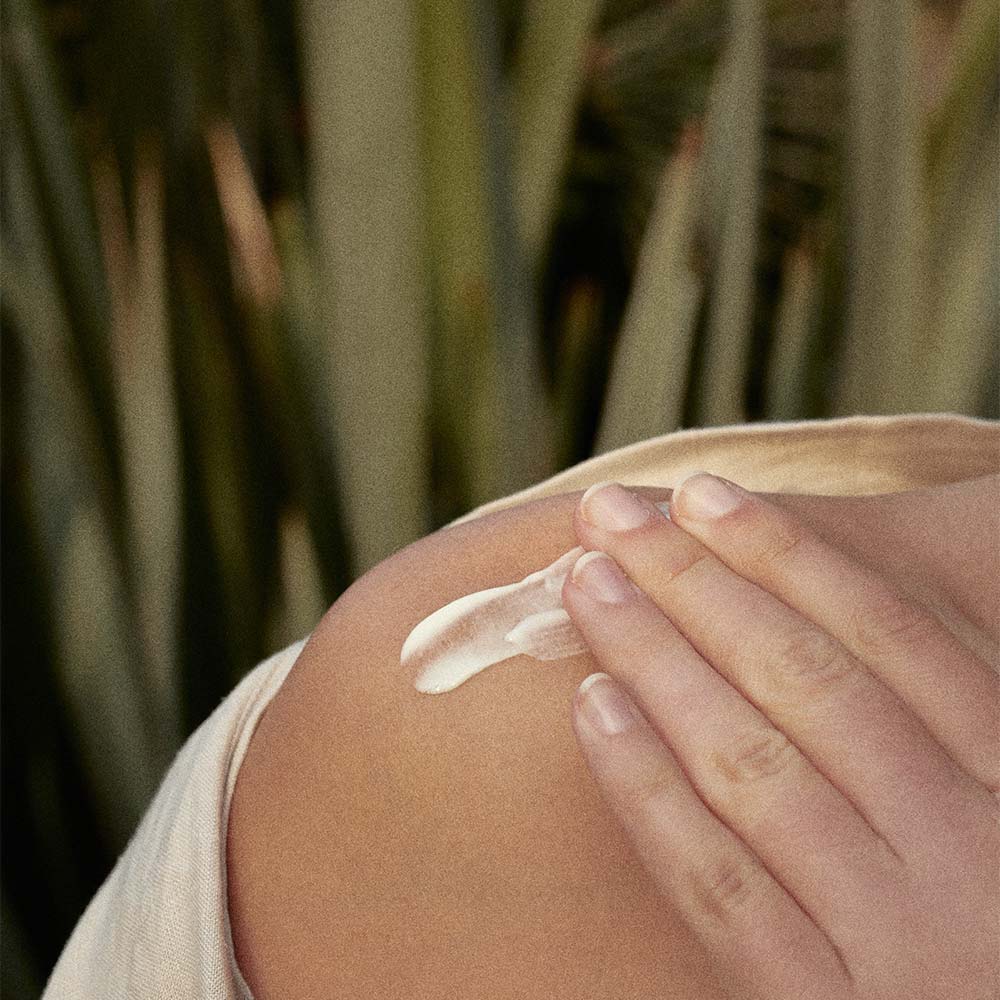

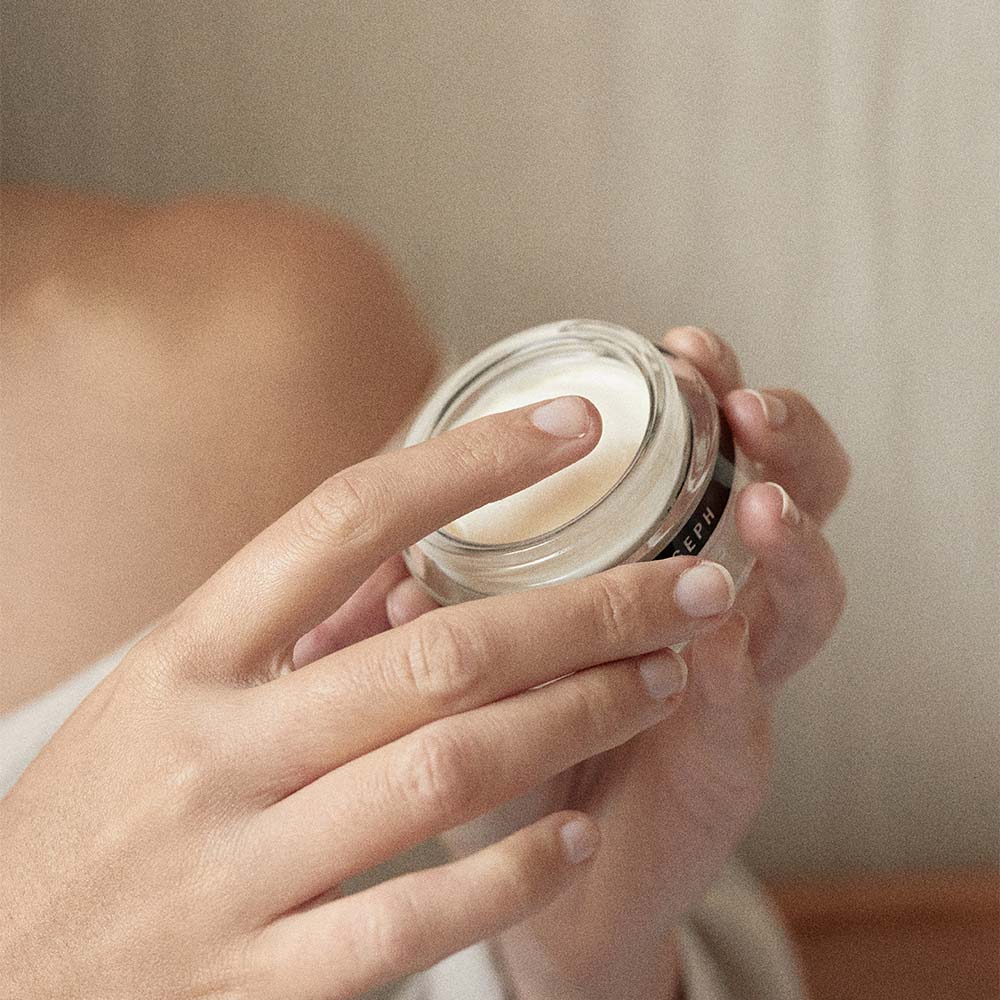
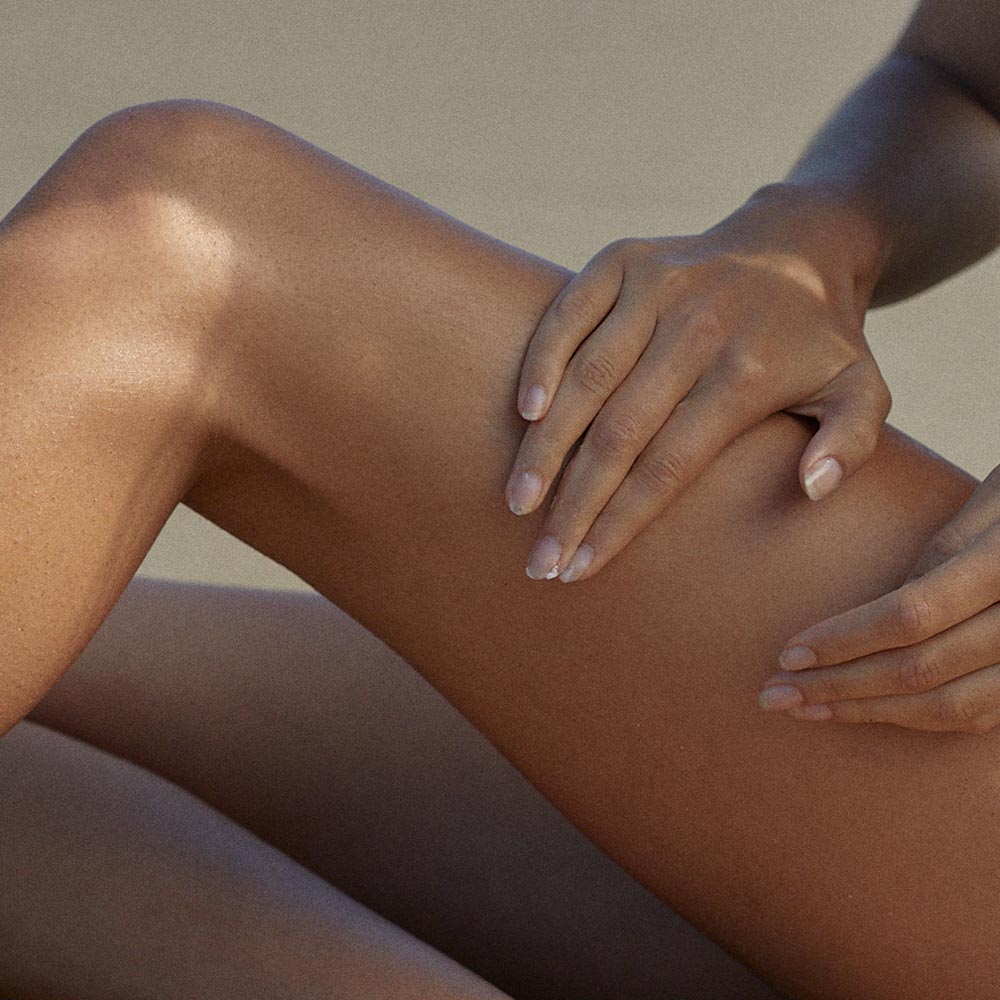








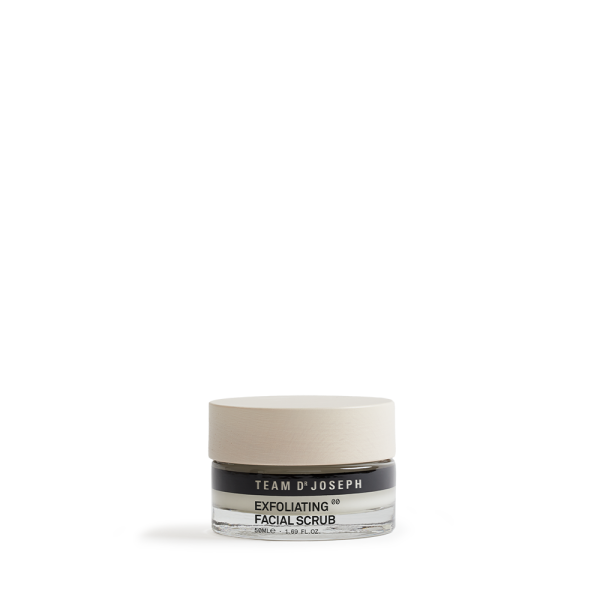

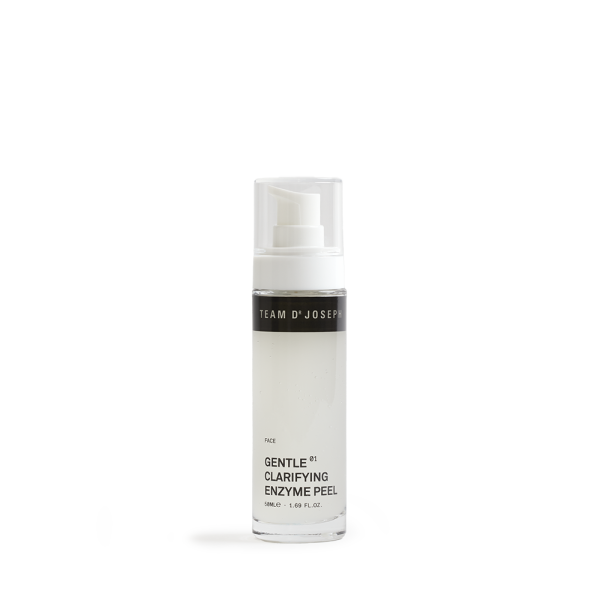

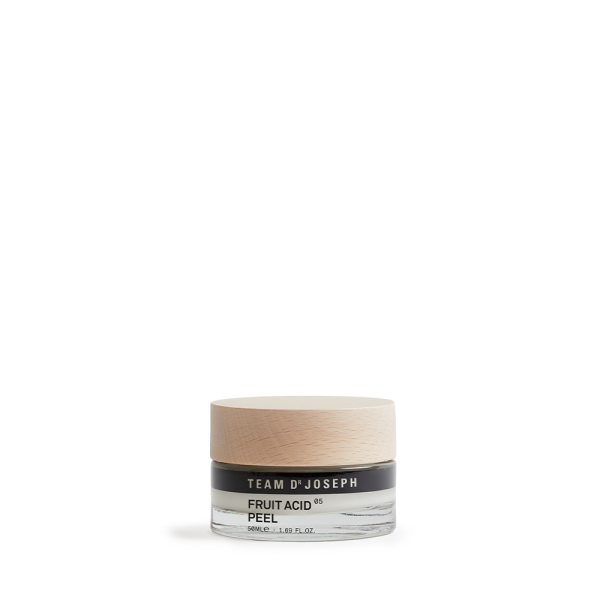




.png)

